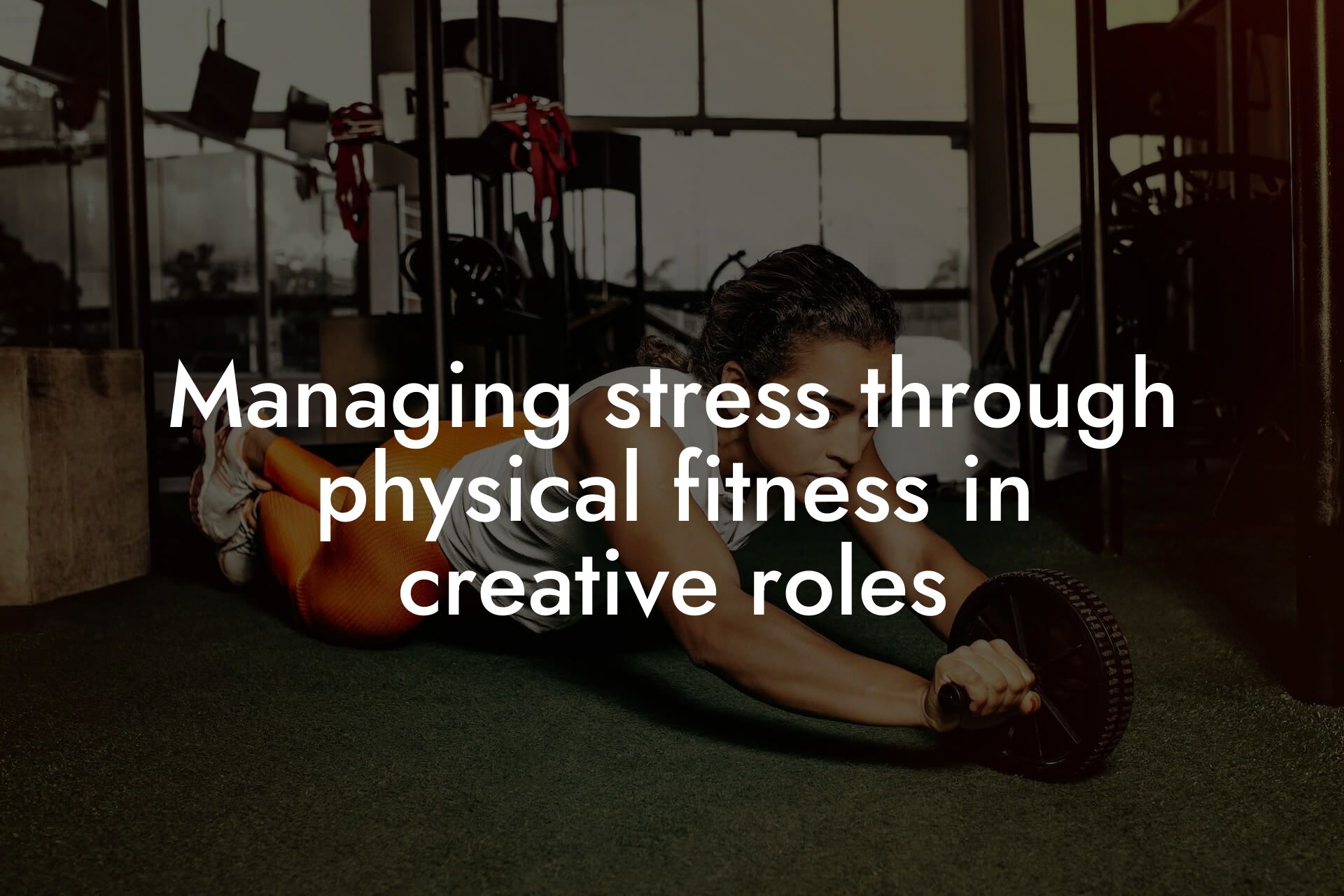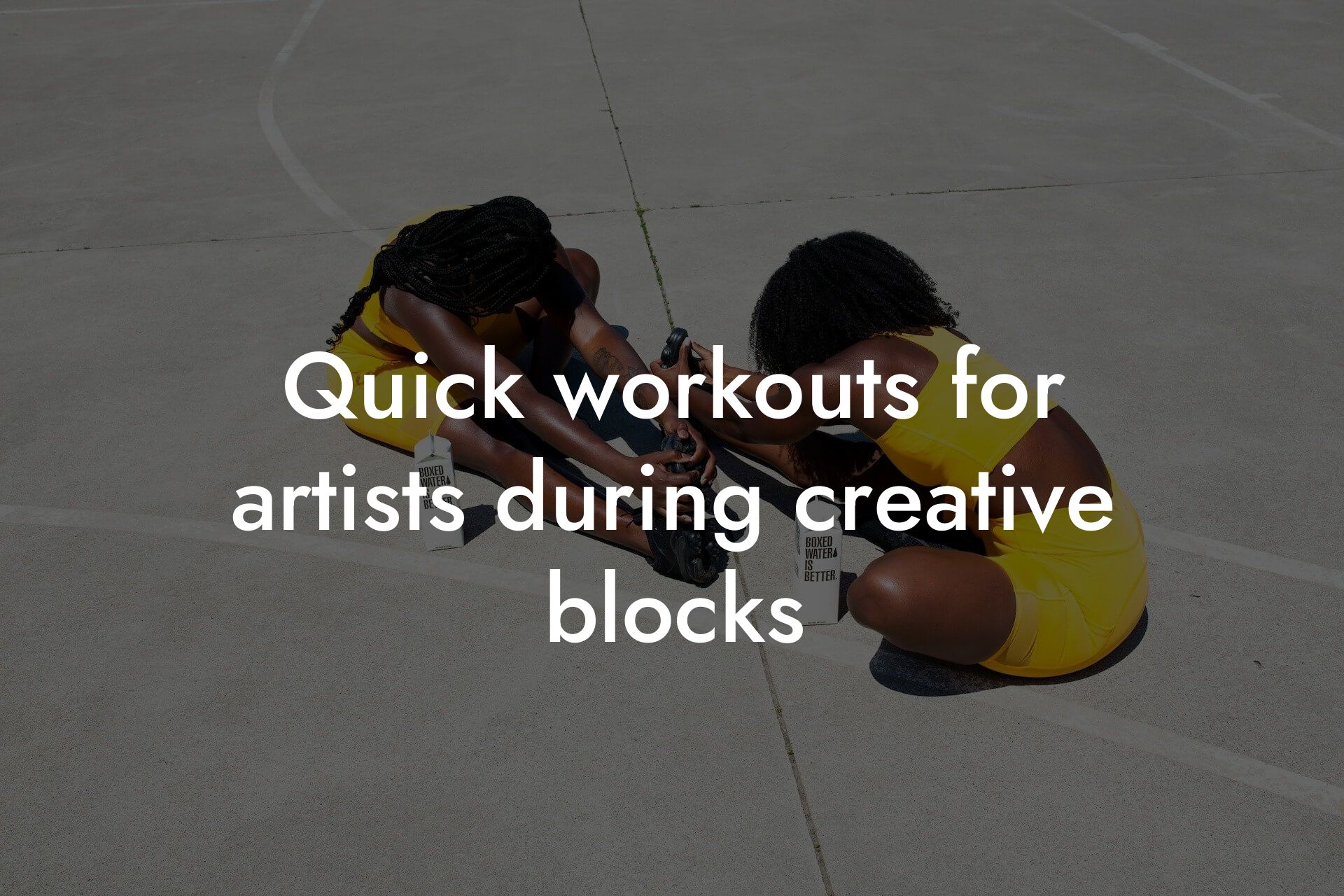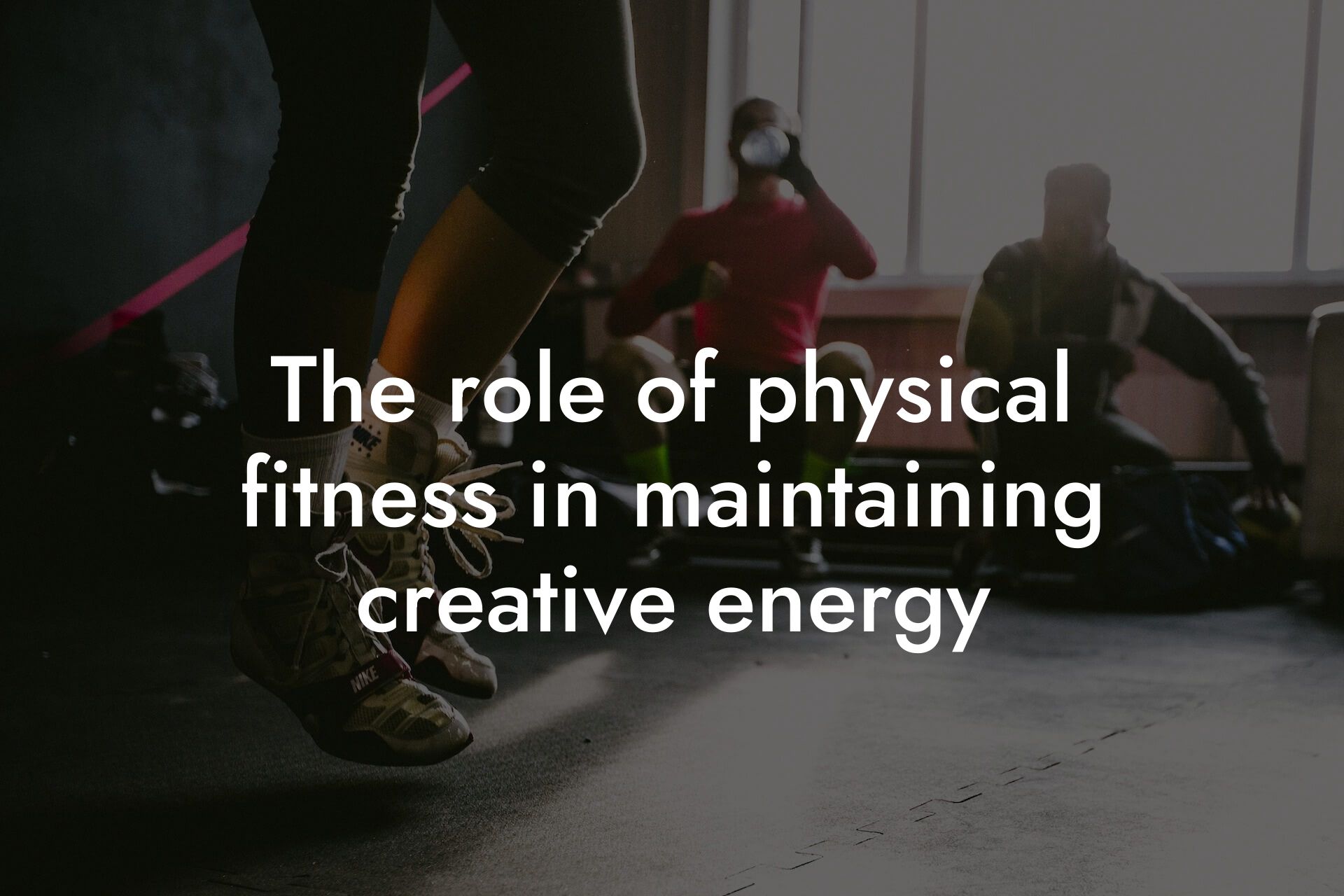As a high-earning professional in the artistic industry, you understand the importance of maintaining a healthy physique and overall well-being. However, sedentary artistic jobs can pose a significant risk to your bone density, leading to osteoporosis, fractures, and other related health issues. At Tano Performance Group, we recognize the unique challenges faced by professionals in this field and have compiled a comprehensive guide to help you maintain strong bones and a healthy body.
Table of Contents
- The Risks of Sedentary Artistic Jobs on Bone Density
- The Importance of Bone Density for Artistic Professionals
- Nutrition for Bone Health
- Exercise for Bone Density
- DEXA Scans: A Valuable Tool for Bone Density Assessment
- Lifestyle Changes for Sedentary Artistic Professionals
- Get Started with Tano Performance Group
- Frequently Asked Questions
The Risks of Sedentary Artistic Jobs on Bone Density
Sedentary artistic jobs, such as graphic design, writing, and photography, often involve prolonged periods of sitting, which can lead to a range of negative effects on bone density. When you're not engaging in regular physical activity, your bones don't receive the necessary stimulation to maintain their density. This can result in a decrease in bone mass, making you more susceptible to osteoporosis and fractures.
The Importance of Bone Density for Artistic Professionals
As an artistic professional, you rely heavily on your physical and mental abilities to produce high-quality work. Maintaining strong bones is crucial for supporting your overall health and preventing injuries that can impact your career. By prioritizing bone density, you can:
- Reduce the risk of osteoporosis and fractures
- Improve your posture and reduce back pain
- Enhance your overall physical performance
- Boost your confidence and mental well-being
Nutrition for Bone Health
A well-balanced diet rich in essential nutrients is vital for maintaining strong bones. Focus on consuming foods high in:
- Calcium: dairy products, leafy greens, and fortified plant-based milk
- Vitamin D: fatty fish, egg yolks, and fortified cereals
- Protein: lean meats, fish, eggs, and legumes
- Vitamin K: leafy greens, fermented foods, and fatty fish
- Magnesium: dark leafy greens, nuts, and whole grains
Exercise for Bone Density
Regular exercise is essential for maintaining strong bones. As an artistic professional, it's crucial to incorporate activities that promote weight-bearing and resistance training. Try:
- Brisk walking, jogging, or cycling for at least 30 minutes a day
- Resistance training exercises, such as squats, lunges, and deadlifts
- High-impact activities, like jumping rope or dancing
- Yoga or Pilates to improve flexibility and balance
DEXA Scans: A Valuable Tool for Bone Density Assessment
At Tano Performance Group, we understand the importance of accurate bone density assessment. Our DEXA machine provides a comprehensive evaluation of your body composition, including bone density, body fat percentage, and lean mass. This information empowers you to make informed decisions about your health and fitness goals.
Lifestyle Changes for Sedentary Artistic Professionals
In addition to nutrition and exercise, making lifestyle changes can significantly impact your bone density. Consider:
- Taking regular breaks to stretch and move throughout the day
- Incorporating ergonomic adjustments to your workspace
- Limiting caffeine and alcohol consumption
- Getting sufficient sleep (7-9 hours) each night
Maintaining strong bones is crucial for artistic professionals who spend extended periods sitting. By prioritizing nutrition, exercise, and lifestyle changes, you can reduce the risk of osteoporosis and fractures, improve your overall health, and enhance your physical performance. At Tano Performance Group, we're committed to providing you with the tools and resources necessary to achieve your health and fitness goals. Take the first step towards a stronger, healthier you by scheduling a DEXA scan today.
Get Started with Tano Performance Group
Ready to take control of your bone density and overall health? Contact us to schedule a DEXA scan and receive a comprehensive body assessment. Our team of experts will provide you with personalized recommendations and guidance to help you achieve your health and fitness goals.
Frequently Asked Questions
What are the risks of sedentary artistic jobs on bone density?
Sedentary artistic jobs can lead to a higher risk of osteoporosis, fractures, and osteopenia due to prolonged periods of inactivity. This is because bones need mechanical stress to stay strong, and a lack of physical activity can cause bones to weaken over time.
How does a sedentary lifestyle affect bone density?
A sedentary lifestyle can lead to a decrease in bone density due to reduced mechanical stress on the bones. This can cause bones to become weaker, more brittle, and prone to fractures. Additionally, a sedentary lifestyle can also lead to a decrease in muscle mass, which can further exacerbate the loss of bone density.
What are the common sedentary artistic jobs that can affect bone density?
Common sedentary artistic jobs that can affect bone density include graphic designers, writers, photographers, videographers, and musicians who spend most of their time sitting or standing in one place. These jobs often require long hours of sitting, which can lead to a lack of physical activity and increased risk of bone density loss.
Can bone density loss be reversed?
Yes, bone density loss can be reversed with a combination of regular exercise, a healthy diet, and adequate calcium and vitamin D intake. It's essential to start early and make lifestyle changes to prevent further bone density loss.
What exercises are best for maintaining bone density?
Weight-bearing exercises such as walking, running, and jumping are excellent for maintaining bone density. Resistance training exercises like weightlifting, bodyweight exercises, and resistance band exercises can also help strengthen bones. Additionally, high-impact exercises like dancing and aerobics can also be beneficial.
How often should I exercise to maintain bone density?
Aim to exercise for at least 30 minutes, three to four times a week, to maintain bone density. It's essential to incorporate a mix of weight-bearing, resistance training, and high-impact exercises into your routine. Consistency is key, so try to make exercise a regular part of your lifestyle.
What is the role of calcium and vitamin D in maintaining bone density?
Calcium and vitamin D are essential nutrients for maintaining strong bones. Calcium helps build and maintain bone tissue, while vitamin D helps the body absorb calcium. Adequate intake of calcium and vitamin D can help prevent bone density loss and reduce the risk of osteoporosis.
How much calcium and vitamin D do I need?
The recommended daily intake of calcium is 1,000-1,200 mg, and vitamin D is 600-800 IU. You can get these nutrients through a balanced diet, supplements, or a combination of both. Consult with your healthcare provider to determine the right amount for your individual needs.
Can I maintain bone density through diet alone?
While a healthy diet rich in calcium and vitamin D is essential for maintaining bone density, it's not enough on its own. Regular exercise and physical activity are also necessary to stimulate bone growth and strength. A combination of a healthy diet and regular exercise is the best way to maintain bone density.
What foods are rich in calcium and vitamin D?
Foods rich in calcium include dairy products, leafy greens, fortified plant-based milk, and calcium-set tofu. Foods rich in vitamin D include fatty fish, fortified dairy products, and mushrooms. You can also get vitamin D through sunlight exposure, but this can be challenging, especially during winter months.
Can I take supplements to maintain bone density?
Yes, supplements can be helpful in maintaining bone density, especially if you're not getting enough calcium and vitamin D through your diet. However, it's essential to consult with your healthcare provider before taking any supplements to determine the right dosage and type for your individual needs.
How can I incorporate physical activity into my sedentary artistic job?
There are several ways to incorporate physical activity into your sedentary artistic job. Try taking regular breaks to stretch, walk around, or do a few jumping jacks. You can also consider using a standing desk, taking a walk during your lunch break, or doing a few exercises during commercial breaks while watching TV.
What are some exercises I can do at my desk?
There are several exercises you can do at your desk to help maintain bone density. Try shoulder rolls, wrist extensions, toe taps, and ankle rotations. You can also do chair squats, desk push-ups, and leg raises. These exercises can help increase blood flow and reduce the risk of bone density loss.
Can I maintain bone density if I have a desk job?
Yes, it's possible to maintain bone density even with a desk job. By incorporating regular physical activity, taking breaks to stretch and move around, and making healthy lifestyle choices, you can reduce the risk of bone density loss.
How can I stay motivated to maintain bone density?
Staying motivated to maintain bone density requires setting realistic goals, tracking your progress, and finding exercises you enjoy. Consider finding a workout buddy, joining a fitness class, or working with a personal trainer to help stay motivated.
What are the consequences of not maintaining bone density?
The consequences of not maintaining bone density can be severe, including increased risk of osteoporosis, fractures, and osteopenia. This can lead to a decrease in quality of life, mobility, and independence. In severe cases, it can even lead to premature death.
How can I monitor my bone density?
You can monitor your bone density through regular bone density scans, also known as dual-energy X-ray absorptiometry (DXA) scans. These scans measure bone density in the hips and spine and can help identify any changes over time.
What is the ideal bone density for my age group?
The ideal bone density varies by age group. Generally, peak bone density is reached in early adulthood, and it begins to decline after the age of 30. Consult with your healthcare provider to determine the ideal bone density for your age group and individual needs.
Can I maintain bone density if I have a medical condition?
Yes, it's possible to maintain bone density even with a medical condition. However, it's essential to work with your healthcare provider to develop a personalized exercise and nutrition plan that takes into account your individual needs and health status.
How can I prioritize bone density maintenance in my busy schedule?
Prioritizing bone density maintenance requires making it a priority and incorporating it into your daily routine. Try scheduling exercise into your calendar, finding exercises that can be done in short intervals, and making healthy lifestyle choices.
What are some common myths about bone density maintenance?
Common myths about bone density maintenance include the idea that it's only necessary for older adults, that exercise alone is enough, and that calcium supplements are sufficient. It's essential to separate fact from fiction and consult with a healthcare professional to develop a personalized plan.
How can I get started with maintaining bone density?
Getting started with maintaining bone density requires making a commitment to prioritize your health. Start by consulting with a healthcare professional, developing a personalized exercise and nutrition plan, and making healthy lifestyle choices. Remember, every small step counts, and it's never too early or too late to start.
Here are some related articles you might love...
- Managing stress through physical fitness in creative roles
- Quick workouts for artists during creative blocks
- The role of physical fitness in maintaining creative energy
- Nutrition strategies for fueling creative work
- How artists can stay fit during long studio sessions
- Balancing artistic work with personal fitness goals
- How DEXA scans can benefit creative professionals
- The impact of body composition on creative performance
- The connection between physical health and creative output
Zak Faulkner
Zak Faulkner is a leading authority in the realm of physical health and body composition analysis, with over 15 years of experience helping professionals optimise their fitness and well-being. As one the experts behind Tano Performance Group, Zak has dedicated his career to providing in-depth, science-backed insights that empower clients to elevate their physical performance and overall health.
With extensive knowledge of DEXA technology, Zak specializes in delivering comprehensive body assessments that offer precise data on body fat, muscle mass, bone density, and overall physique. His expertise enables individuals to make informed decisions and achieve their fitness goals with accuracy and confidence. Zak’s approach is rooted in a deep understanding of human physiology, combined with a passion for helping clients unlock their full potential through personalised strategies.
Over the years, Zak has earned a reputation for his commitment to excellence, precision, and client-focused service. His guidance is trusted by top professionals who demand the best when it comes to their health. Whether advising on fitness programs, nutritional strategies, or long-term wellness plans, Zak Faulkner’s insights are a valuable resource for anyone serious about taking their health and fitness to the next level.
At Tano Performance Group, Zak continues to lead our Content Team revolutionising how professionals approach their physical health, offering unparalleled expertise that drives real results.




